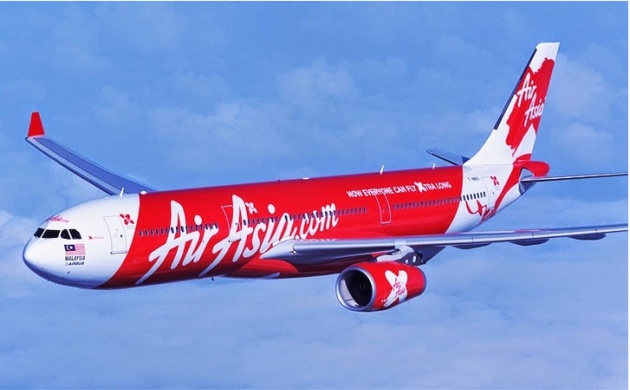
After the Mysterious Malaysian Airlines flight MH370 incident in March 2014 and the shooting of Malaysia Airline Flight MH17 by a ground-to-air missile in July 2014, yesterday AirAsia flight QZ 8501 with 162 people on board found missing by the time it flew from the Indonesian city of Surabaya to Singapore after losing contact with air traffic control due to weather, the airline company said Sunday.
Since, cybercriminals are known to take advantage of every major incident and any occasion that captures public attention – regardless of how sensitive – comes out to be an opportunity for spammers and hackers to snatch users’ personal information and spread malware, and the tragedy of the Missing AirAsia flight QZ 8501 is no exception.
Cyber criminals are exploiting the disappearance of Indonesia AirAsia flight QZ 8501 by luring users to websites purporting to offer the latest news in order to steal their personal information.
Our team has spotted some posts on social media claiming that the “Missing AirAsia flight QZ850 has been found and that all its passengers are safe and alive”. But once the user click on the news, the link redirects users to the malicious websites. It made me remind of the missing Malaysian Airlines flight MH370, a Boeing 777-200 aircraft incident which opened doors for many cybercriminals to infect online users.
Our team has spotted some posts on social media claiming that the “Missing AirAsia flight QZ850 has been found and that all its passengers are safe and alive”. But once the user click on the news, the link redirects users to the malicious websites. It made me remind of the missing Malaysian Airlines flight MH370, a Boeing 777-200 aircraft incident which opened doors for many cybercriminals to infect online users.



